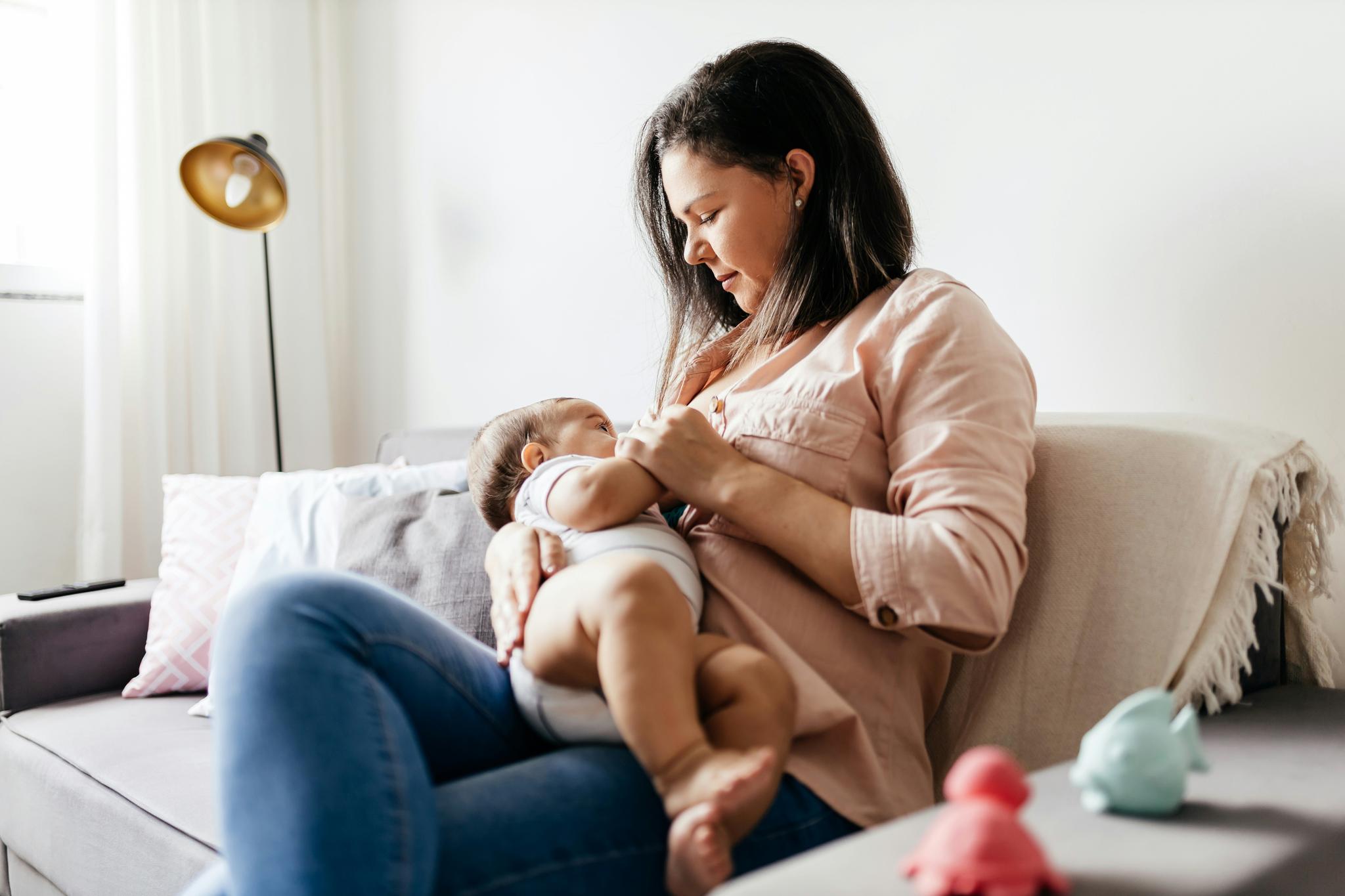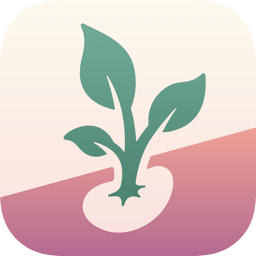Breasts Changes During Pregnancy
Last updated
First published

The body changes a lot during pregnancy. Below, the breasts change significantly, as they must be continuously developed to be ready for breastfeeding. You will therefore experience everything from them growing until they hurt.
The vast majority of pregnant women have pain in the breasts and nipples during periods for which some pregnant women can already feel it 1-2 weeks after conception. It is, therefore, one of the earliest signs of pregnancy. However, the breasts also develop a lot at the end of the pregnancy, which can be felt especially in soreness.
Breasts hurt
When pregnant, you get breast pain as it is an entirely natural process to get them ready to produce milk. During this process, the breasts grow in size and become darker in color. When these changes occur, the nipples become particularly sore. It is pretty standard and very different from how sore breasts will feel. Many women already get sore breasts in the first weeks of pregnancy and until the end of the first trimester, while others have breasts that hurt until childbirth.
If you have very sore breasts during pregnancy, it can help to go with loose clothing and put on a warm wrap a few times a day.
The change
Nipples in addition to the breasts themselves, the nipples can also be extra sensitive. You will, in all probability, also experience that the brown area on the chest, called the areola, becomes darker in color and will grow.
What is also common is that tiny pimple-like buds will appear in this area. These buds are called Montgomery's glands, which help make the skin more supple and hardy.
Breasts grow
New tissue is formed in the breasts to make them ready to create breast milk during pregnancy. Therefore, the vast majority of pregnant women also experience that their breasts grow one or more sizes during the entire pregnancy. Here, it is very typical for the breasts to develop about 0.5 kilos more significantly, varying.
After 12 weeks, you will notice that your bras feel too small and need to be replaced with a maternity bra. Here it can significantly help with a bra without seams and braces and in a soft and breathable material, as it will be the most comfortable for your sensitive breasts and nipples.
Breasts run
The milk-producing cells in the breasts become active from around the 15th week of pregnancy. About seven weeks later, in week 22, they begin producing milk. Some women will, at this point, be able to experience that the breasts are running with a milk-like secretion. How much it is is very different from woman to woman.
However, it will usually not be so much that it is something you notice, as by far, most of the milk and secretions are absorbed into the body again, just as the hormones prevent it from building up so much that the milk leaks out.
Stretch marks on the breasts
Some women experience stretch marks on the breasts at the end of pregnancy because the subcutaneous tissue expands. Whether it is also something you will undergo depends on genes, weight, and age. The risk is most significant if you expect more than one child or have taken on a lot.
Although not all women experience stretch marks on their breasts, it is pretty natural. Creams and oils may help, but no products with a proven effect are currently available.
